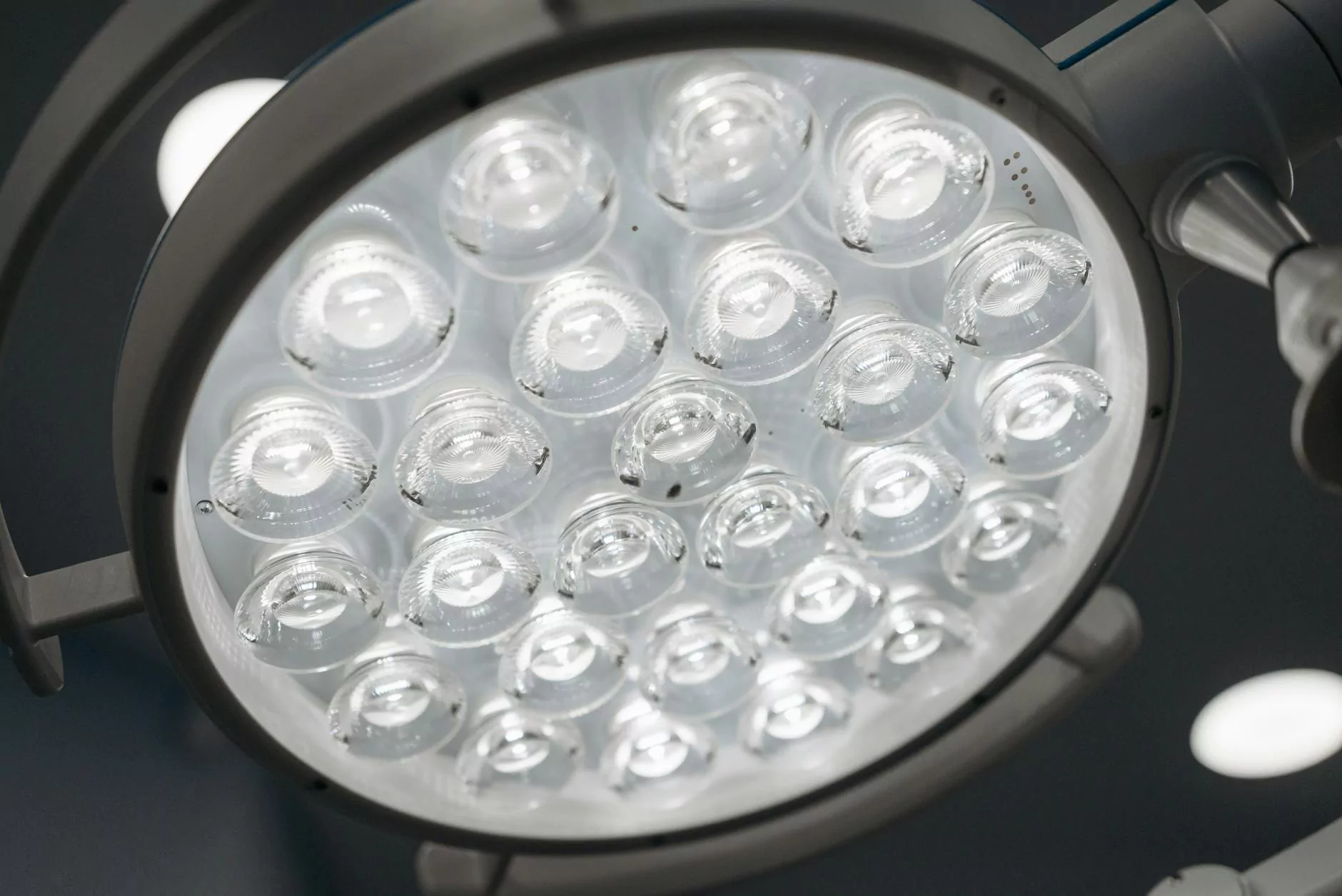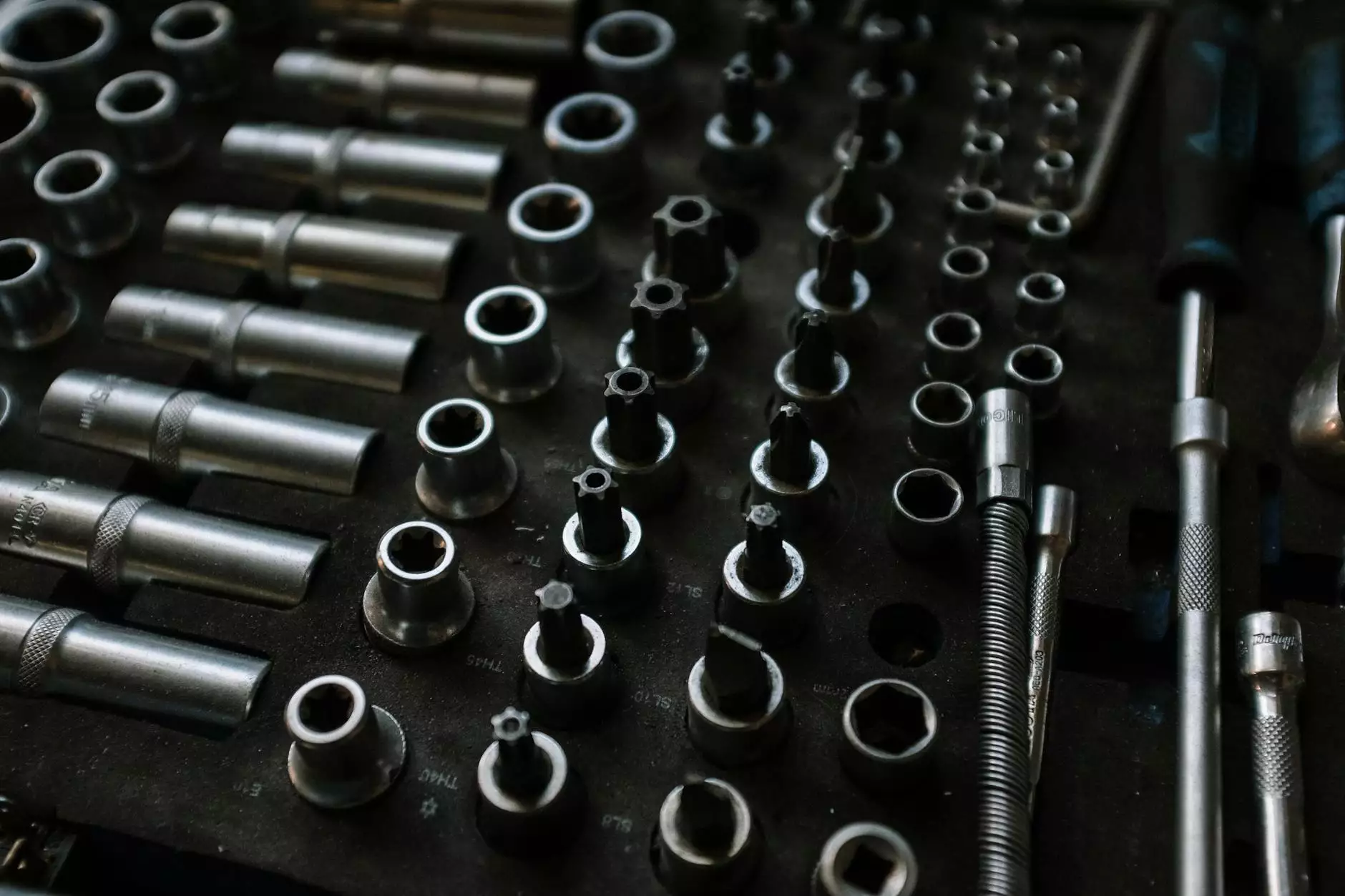Thymus Removal: Understanding the Procedure, Benefits, and Recovery

The human body is a marvel of biological engineering, with various organs playing pivotal roles in our health and immune functionality. Among these, the thymus gland is crucial in developing the immune system, particularly during childhood. However, various medical conditions necessitate a surgical procedure known as thymus removal. In this article, we will delve deep into the intricacies of thymus removal, its indications, the surgical process, potential benefits, and the path to recovery.
The Role of the Thymus Gland
Before examining the procedures involved in thymus removal, it’s essential to understand the role of the thymus gland in the body. Located just behind the sternum, the thymus is involved in the maturation of T-cells, which play a critical role in the immune response. Consequently, this gland is integral to how our body fends off infections and diseases.
Why Thymus Removal May Be Necessary
Thymus removal can become necessary due to several medical conditions:
- Thymoma: A tumor originating from the thymus gland.
- Myasthenia Gravis: An autoimmune disease that can affect communication between nerves and muscles, often linked with thymus abnormalities.
- Thymic Carcinoma: A rare cancer of the thymus gland.
- Other Thymic Disorders: Conditions affecting the function and health of the thymus.
If left untreated, these conditions can lead to serious complications, making thymus removal a critical surgical intervention.
What to Expect Before the Surgery
Preparation for thymus removal involves several steps:
Preoperative Evaluation
Your healthcare provider will conduct a thorough evaluation to understand your medical history and the specifics of your condition. This assessment may include:
- A detailed physical examination.
- Blood tests to assess overall health.
- Imaging studies, such as CT scans, to evaluate the size and position of the thymus.
Consultation with Specialists
It's important to consult with a team of healthcare professionals, including:
- A thoracic surgeon.
- An oncologist, if thymoma or cancer is involved.
- An anesthesiologist for insights into the anesthesia process.
The Surgical Procedure Explained
Thymus removal is typically performed as a minimally invasive procedure, although the extent may vary depending on the underlying condition:
Types of Thymus Removal Surgeries
1. Video-Assisted Thoracoscopic Surgery (VATS): This method utilizes small incisions and a camera to guide the surgical instruments. It offers a faster recovery time and minimizes scarring.
2. Open Thymectomy: In some cases, a larger incision may be required for complete removal, particularly if the thymus is abnormal in size or there’s a tumor present.
Anesthesia and Duration
The surgery is performed under general anesthesia and typically lasts between 2 to 6 hours, depending on the complexity.
Benefits of Thymus Removal
While undergoing thymus removal can be daunting, the potential benefits often outweigh the risks:
- Reduction of Symptoms: For those with myasthenia gravis, removal of the thymus can lead to significant improvement or even remission of symptoms.
- Removal of Tumors: For patients with thymoma or thymic carcinoma, surgical removal is often the best chance for curing the disease.
- Improved Immune Function: After thymectomy, some patients report a better overall immune response.
Recovery After Thymus Removal
Recovery from a thymus removal surgery varies from person to person but includes several common stages:
Immediate Postoperative Care
Following the surgery, patients are typically monitored in a recovery area. Initial recovery includes:
- Observation of vital signs.
- Pain management, often with medications.
- Engagement in breathing exercises to strengthen lung capacity.
Hospital Stay Duration
Most patients remain in the hospital for 1 to 3 days, depending on the surgical technique and their overall health.
Long-Term Recovery and Follow-Up
Full recovery may take several weeks, during which patients are advised to:
- Avoid heavy lifting and strenuous activities.
- Attend follow-up appointments with their healthcare provider.
- Monitor any symptoms of infection or complications that could arise from the surgery.
Managing Lifestyle Changes
Some individuals may experience changes in their immune response post-surgery, especially those who relied significantly on the thymus for T-cell generation. Maintaining a healthy lifestyle, including a nutritious diet, regular exercise, and sufficient sleep, will support long-term health outcomes.
Conclusion
In summary, thymus removal is a significant surgical procedure that can address critical health issues, including tumors and autoimmune disorders like myasthenia gravis. By understanding the procedure, benefits, and recovery process, patients can make informed decisions with the guidance of their healthcare team.
If you or a loved one may require thymus removal, consulting with a skilled surgeon or specialized medical center, such as Neumark Surgery, can provide expert care and enhance recovery outcomes.
Contacting Neumark Surgery for Expert Consultation
If you want more information about thymus removal and how it can impact your health, consider reaching out to Neumark Surgery. Our team of highly qualified doctors specializes in various thoracic and surgical procedures, ensuring comprehensive care tailored to your individual needs.









